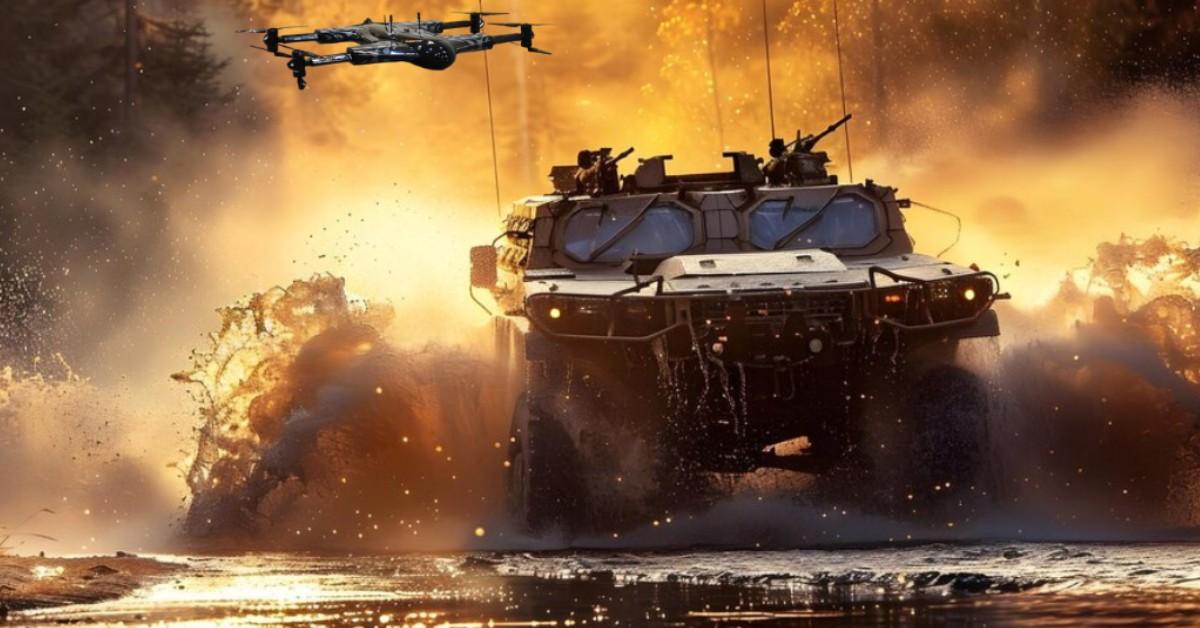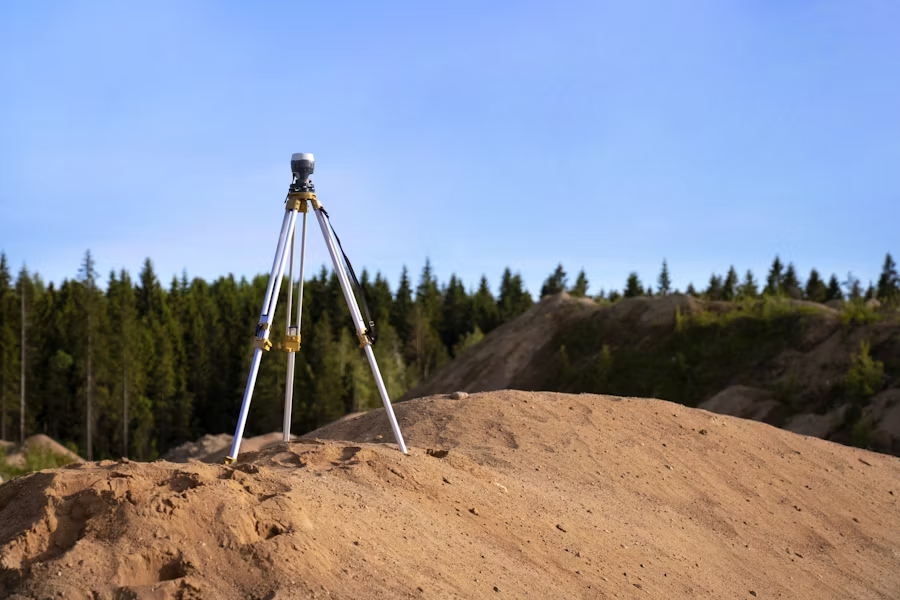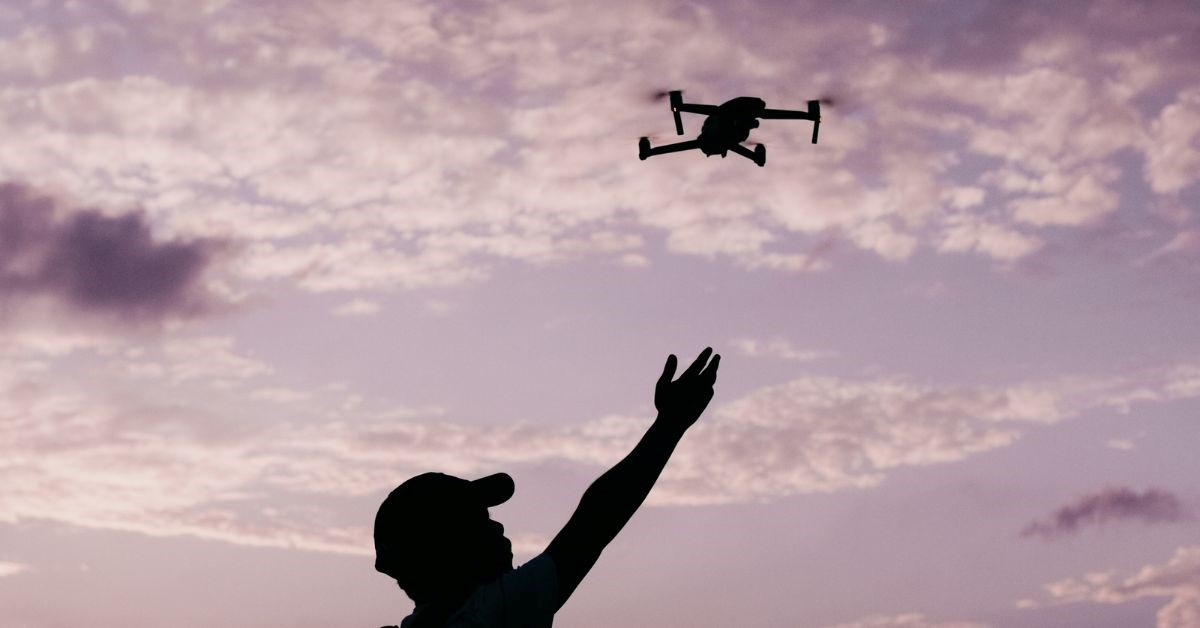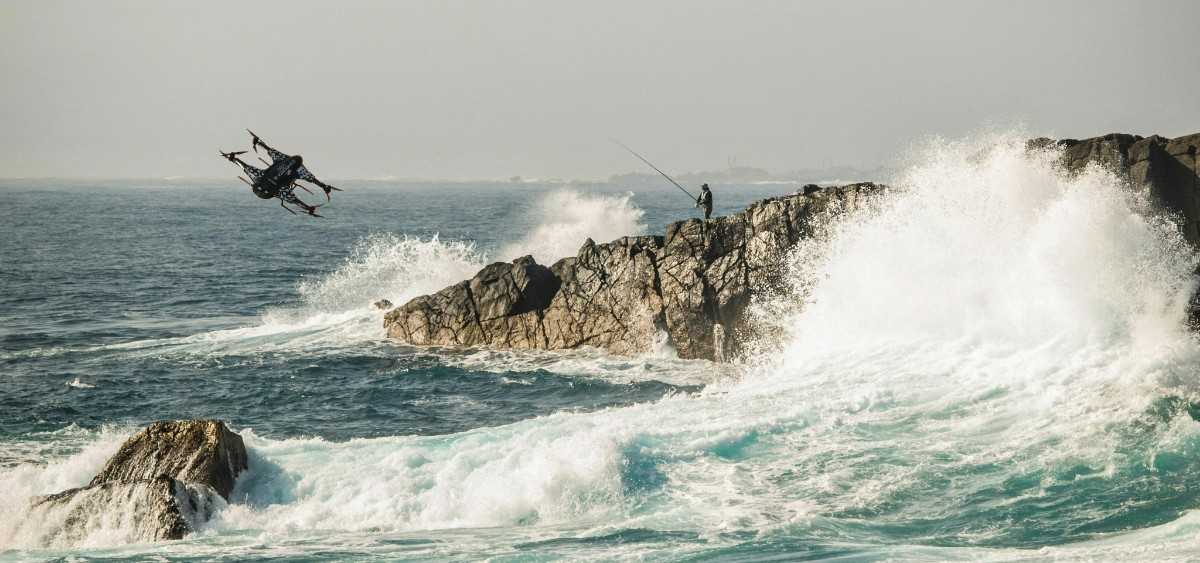Military Drones: A 2025 Guide to Night time Operations

The military is using drones for various operations. Military UAVs have numerous integrated sensors, such as infrared technology. Military drones at night help frontline soldier’s better see and asses situations in multiple contexts. UAVs in nighttime operations enable actions and provide excellent protection for personnel. Military UAV industry is constantly improving over the years. Due to its privacy issues, most of its improvements are widely unavailable for commercial and private use. Sophisticated sensors and cameras utilized by the military are highly valuable in getting visual data regarding areas of interest.
Drone technology has been evolving quickly over the last few years. Private drone users have a good reason for concern regarding the rapid development of drone technology. UAV technology is always valuable for various military operations when acquiring visual data. It’s the most significant privacy concern for commercial drone users. However, there is more to military drones than meets the eye. Here is a simple and detailed guide on military drones.
The Four Sizes of Military Drones Currently In Development
There are four different sizes of military drones. Military drones come in such wide varieties that no business or nation controls their production. Military drones at night have standard features such as thermal sensors for surveillance and inspections. Only 11 of the 90 countries with drones in their militaries also have armed drones. Below are the most well-known military drones in use today:
Small-Scale Tactical Drones
Small-scale tactical drones such as the FULMAR are prime examples of this type of military drone. The FULMAR is a small drone with a range of 90 kilometers and an average flight time of 12 hours.
The FULMAR has the following features:
- Unit cost: $1.1 million, excluding infrastructure
- Wingspan: 3 meters
- Weight: 20kgs
- Max flight time: 8 hours
The fastest military drone is the Lockheed SR-72, with a wingspan of 17 meters. The Lockheed SR-72 is a cover reconnaissance plane capable of traveling at 1,350 mph.
Nano and Micro Drones
These drones are prevalent in the media, such as in movies, TV series, and video games. These Nano and micro drones have been active in combat zones. The 1-inch-by-4-inch Black Hornet is the most glaring example of such a drone. British soldiers have utilized the Black Hornet drone to peer over walls and around corners in Afghanistan since 2013. The Black Hornet has the following features:
- Unit cost: $40,000, excluding infrastructure
- Rotor span: 120 mm
- Weight: 18 grams
- Max flight time: 25 minutes
Field personnel can control the Black Hornet by launching from a box stored in a utility belt. The drone model uses a small portable interface displaying footage from three cameras.
Medium Drones for Reconnaissance
Bigger reconnaissance drones have these abbreviations: MALE or HALE. MALE stands for Medium Altitude Long Endurance or High Altitude Long Endurance. The drone model LUNA is an example of a medium-sized drone for surveillance. It has the following features:
- Unit cost: $310,000, excluding infrastructure
- Rotor span: 4.2 meters
- Weight: 40 kg
- Max flight time: 8 hours
The LUNA drone has sophisticated features and innovations for real-time surveillance, detection, and tracking. Military drone lights at night have navigation lights tested in the field and provide operations actionable intelligence. These drones help make crucial decisions in high-stress situations.
Large Combat Drones
Large-scale combat drones employed by the US are likely the most well-known military drones. These drones are all flown by pilots from American soil using a satellite link-up. The Global Hawk, a drone produced by the US Company Northrop Grumman, is the most extensive and expensive of the bunch and has impressive capabilities.
- Unit cost: $131.4 million, excluding infrastructure
- Rotor span: 40 meters
- Weight: 6800 kg
- Max flight time: 32 or more hours
The Global Hawk’s primary function is not necessarily military, even though it frequently flies over combat zones. The drone is capable of signal monitoring or scanning mobile phone calls.
The Common Specialties of Military Drones lights at night
The military uses a more sophisticated version of the same UAV technology than your domestic toy drone. Moreover, a military-grade aircraft often comes bigger. Flying drones for recreational and entertainment purposes is acceptable. However, regulations and rules exist regarding where to pass and the proper hours. An unmanned military drone is exempt from the laws that apply to consumer drones. Drones are in different military branches, each with unique features and specialties appropriate for their roles. The three types of unmanned drones include:
- Surveillance Drones
- Autonomous Drones
- Combat Drones
Surveillance Drones
Surveillance drones can fly up to 50,000 feet in the air, depending on many variables. These types of drones must fly at a height where enemy radar systems can’t detect them.
Autonomous Drones
Autonomous drones can still complete a task without a base station’s control. Often, the air force and other military branches conduct independent operations. Other departments in the military use these autonomous drones for covert operations. These drones can fly quite a distance depending on the brand and model. These autonomous drones don’t require charging as frequently as a hobby drone at home.
Combat Drones
For combat flights, having a significant maximum altitude is less critical. As a result, unmanned military drone is likely to have restrictions compared to their surveillance counterparts. Combat drones are still able to fly far farther than consumer aircraft. It aids the drone in preventing it from entering populated airspace.
Night Vision in Military Drone Cameras
Various variables determine the viewing range of military drones at night. A drone camera’s range is more excellent during the day than at night. Adequate illumination is vital for action cams. A drone camera’s field of view gets limited by weak brightness, while it increases significantly in solid light. Military drones at night can map an entire area using night vision cameras to analyze particular details and problems. These night vision drones make it easier to investigate difficult-to-reach regions and identify potential hazards.
Military surveillance drones can have several sensors and cameras to support day and night surveillance and monitoring operations. These drones aid teams on the ground in making effective and crucial judgments.
Contact Us
Thank you for your message. It has been sent.
Latest Posts
Social Profiles















